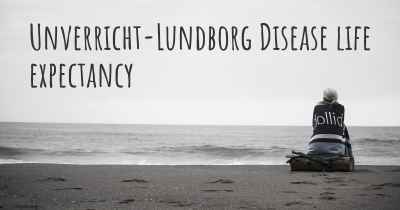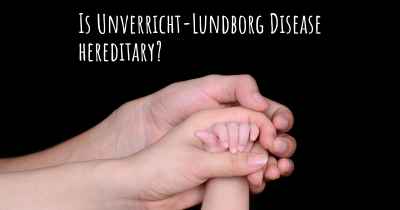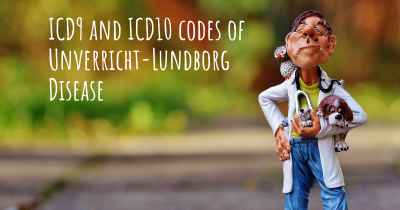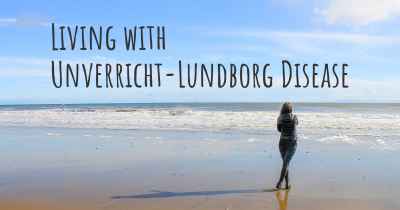Which are the symptoms of Unverricht-Lundborg Disease?
See the worst symptoms of affected by Unverricht-Lundborg Disease here

Unverricht-Lundborg Disease (ULD), also known as progressive myoclonic epilepsy type 1 (EPM1), is a rare genetic disorder that primarily affects the nervous system. It is characterized by a combination of myoclonic seizures, which are brief, shock-like muscle jerks, and progressive neurological deterioration.
ULD is an autosomal recessive disorder, meaning that both parents must carry a mutated gene for their child to be affected. The disease is most commonly found in individuals of European descent, particularly those from the Baltic Sea region.
The symptoms of Unverricht-Lundborg Disease can vary in severity and progression, but typically include:
- Myoclonic Seizures: These are the hallmark symptoms of ULD. Myoclonic seizures are characterized by sudden, involuntary muscle jerks that can affect various parts of the body. These jerks can be mild or severe and may occur spontaneously or be triggered by external stimuli. They often worsen with physical exertion, stress, or lack of sleep.
- Ataxia: Ataxia refers to a lack of coordination and balance. Individuals with ULD may experience difficulties with walking, coordination of movements, and maintaining balance. Ataxia can progressively worsen over time, leading to significant mobility impairment.
- Cognitive Decline: ULD can cause cognitive impairment, including difficulties with memory, attention, and problem-solving. Some individuals may experience a decline in intellectual abilities, while others may have milder cognitive symptoms.
- Intention Tremors: Intention tremors are rhythmic shaking movements that occur during purposeful movements, such as reaching for an object or writing. These tremors can affect the hands, arms, and other body parts, making fine motor tasks challenging.
- Speech and Language Problems: ULD can lead to speech and language difficulties, including slurred speech, dysarthria (difficulty articulating words), and expressive or receptive language impairments. Communication may become progressively more challenging as the disease advances.
- Muscle Stiffness and Rigidity: Some individuals with ULD may experience muscle stiffness and rigidity, which can make movements more difficult and contribute to overall mobility issues.
- Sensitivity to Light and Noise: Sensitivity to light (photophobia) and noise (phonophobia) is common in individuals with ULD. Exposure to bright lights or loud noises can trigger myoclonic seizures or worsen existing symptoms.
- Emotional and Behavioral Changes: ULD can also affect a person's emotional well-being and behavior. Some individuals may experience mood swings, depression, anxiety, or changes in personality.
It is important to note that the symptoms of ULD can vary significantly between individuals, both in terms of their severity and the rate of disease progression. Some individuals may experience a milder form of the disease with slower progression, while others may have more severe symptoms that rapidly worsen over time.
Diagnosis of Unverricht-Lundborg Disease typically involves a thorough clinical evaluation, including a detailed medical history, physical examination, and neurological tests. Genetic testing can confirm the presence of mutations in the responsible gene (CSTB) and help differentiate ULD from other similar conditions.
While there is currently no cure for ULD, treatment focuses on managing symptoms and improving quality of life. Antiepileptic medications, such as valproic acid, can help reduce the frequency and severity of seizures. Physical and occupational therapy may be beneficial in managing movement difficulties and improving mobility. Additionally, speech therapy can assist individuals in overcoming communication challenges.
In conclusion, Unverricht-Lundborg Disease is a rare genetic disorder characterized by myoclonic seizures, ataxia, cognitive decline, intention tremors, speech and language problems, muscle stiffness, sensitivity to light and noise, and emotional/behavioral changes. The symptoms can vary in severity and progression, and there is currently no cure for the disease. However, various treatments and therapies can help manage symptoms and improve the quality of life for individuals with ULD.








